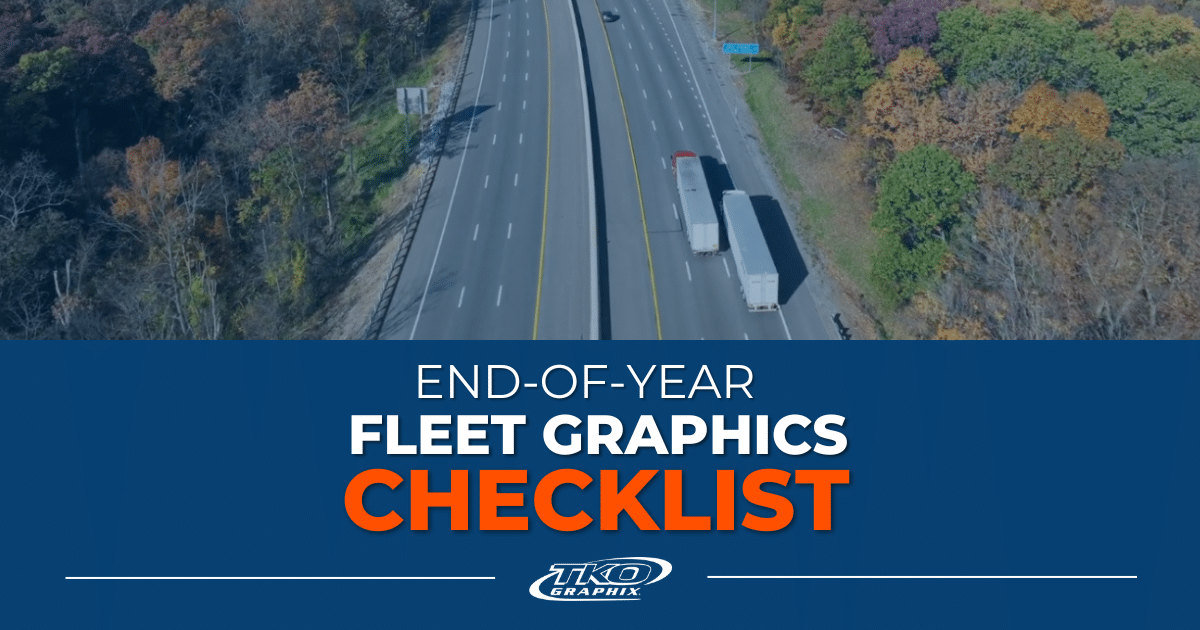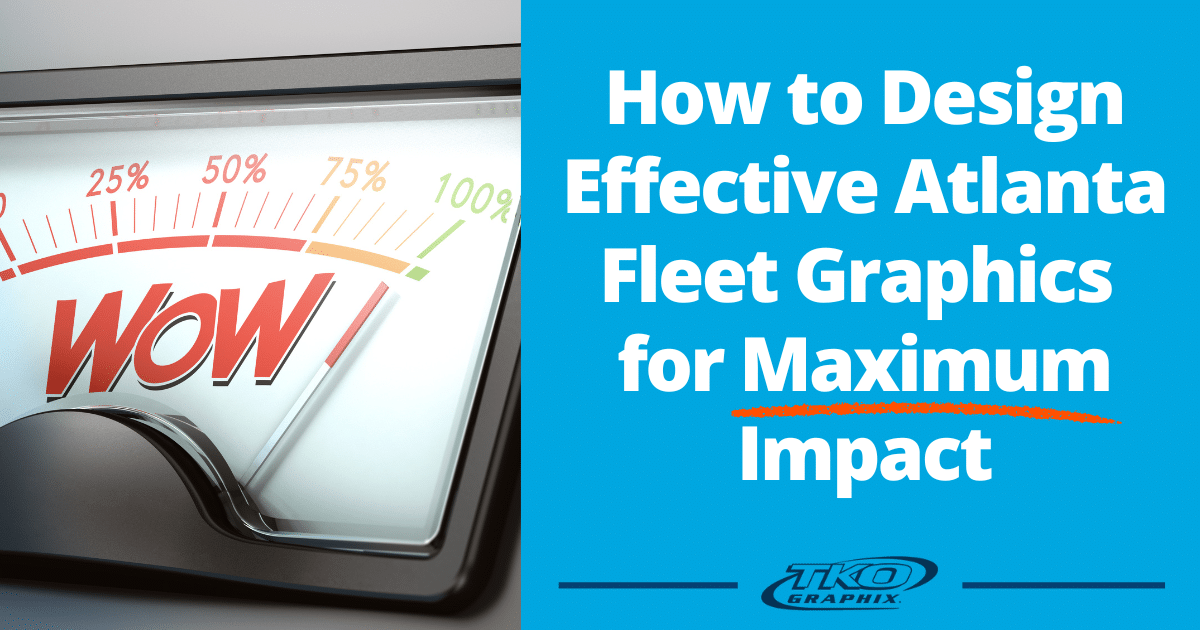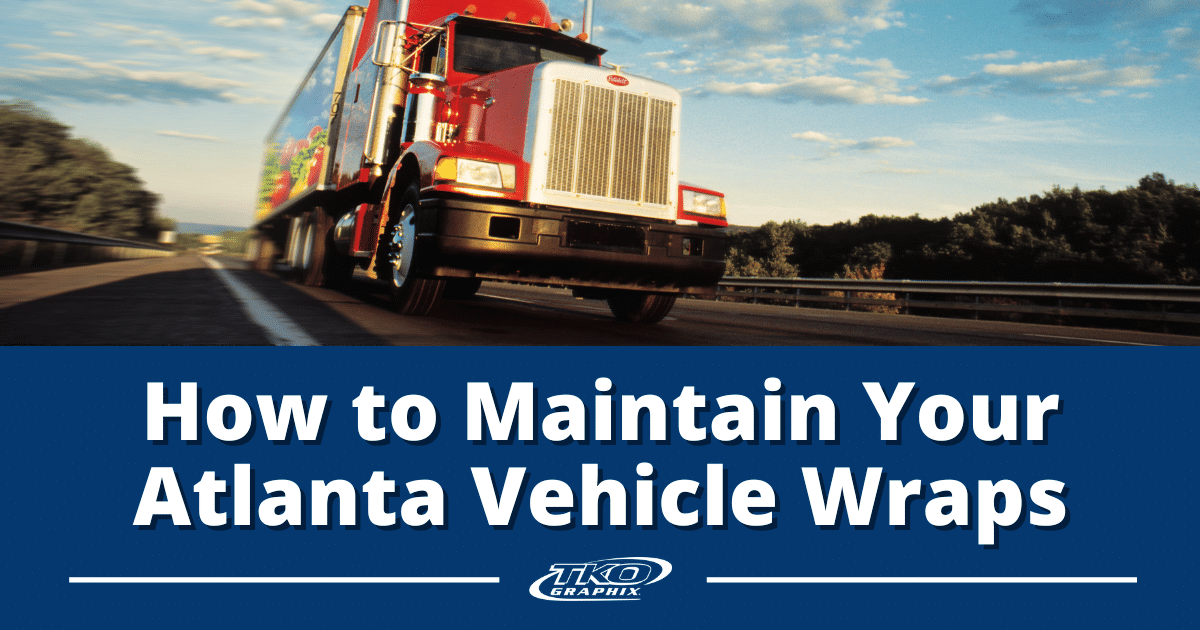The fleet graphics what to do and not do is mostly common sense. Most of us have heard do’s and don’ts all our lives. As children, we were told don’t cross the street without looking both ways. Do brush your teeth before you go to bed. As teenagers, we were warned, don’t drink at the party and do drive the speed limit. And as adults, we live with a list of do’s and don’ts. My point is that these do’s and don’ts protect and help us. If we didn’t follow the do’s and don’ts of life, we would be much worse off than we are. It’s the same with this list of fleet graphics what to do and not do.
If you follow the fleet graphics what to do and not do, you’ll create a positive experience and if you do not – then the fleet graphics experience can head south on you quickly. So, it’s important to understand the do’s don’ts of fleet graphics before you begin the fleet graphics process.
Fleet Graphics What to Do and Not Do
Do use an experienced fleet graphics designer
Every graphic designer isn’t a fleet graphics designer. There are big differences between designing a layout on a two-dimensional screen and creating a design for a three-dimensional application such as your fleet vehicles.
“I remember a potential sponsor for an Indy car whose product came packaged in a bottle. Their creative team sent us a beautiful design for the race car with the bottle on the nose. Their design shared every view of the race car. Unfortunately, it wouldn’t work. Our design team showed me by using a 3D template how the design would appear on the car. You couldn’t tell it was a bottle. A total redesign was called for; it needed our teams touch. With vehicle graphic design — there’s more than meets the eye.” — 5 Keys to Vehicle Graphic Design
The last thing you want to do is try to DIY a fleet graphics design. Sure, give your thoughts and ideas to a professional fleet graphics designer but don’t try to BE the designer.
Do keep your design simple
Fleet graphics only have seconds to capture your audience. So, unlike some other forms of advertising, fleet graphics should be focused on one message. Fleet graphics aren’t a medium to let it all hang out.
Use highly readable fonts, and make them large enough to be seen and read at 65 MPH. Don’t use comic sans, italics, or scripts that are difficult to read.
Do match your brand.
The colors, logo, and design should match your website, print ads, and all other marketing. How important is unifying your brand on fleet graphics? “A white paper shared by the ATA (American Trucking Association) Vehicle Branding: Is there Hidden Value in Your Fleet? discovered that 75% of people developed a first impression about a company and its products from truck advertising. Furthermore, an impressive 91% of people stated that they not only noticed adverts on the side of trucks, but could also remember them days later. Most importantly, however, the survey revealed that almost a third of people would base a buying decision on the impression they got from vehicle advertisements.”
Do share your USP (Unique Sales Position)
What sets you apart from your competition? Is it superior service, outstanding products, time in business, or ? “Too often, entrepreneurs fall in love with their product or service and forget that it is the customer’s needs, not their own, that they must satisfy. Step back from your daily operations and carefully scrutinize what your customers really want.” — Entrepreneur.com — Unique Selling Proposition (USP)
Do use color to match your brand and create emotion
And be sure to contrast the lettering against the background, so it stands out. “When choosing colors for your vehicle graphics, it may not be what color, but how colors of both the vehicle and your graphics contrast. Using poorly contrasted colors reduces the impact of vehicle advertising. Poorly chosen hues, designs that hide the message, and colors that don’t match your brand waste your marketing dollars. One should first consider the brand, logo, and vehicle colors.” — FAQ: What Color Should I Wrap My Business Vehicle?
Don’t try to share too much information
People only have about five seconds to read your vehicular adverting so keep it simple. “Whether a consumer is driving, or walking in a business district, there are thousands of messages fighting for their attention — signs, billboards, and fleet graphics come at people in droves. It’s impossible to take them all in, and even the best only receive seconds of anyone’s attention.” — Fleet Graphcs 5-second Rule
Don’t try to put one small decal on the door of your vehicle and think its advertising – it’s not
On a recent 14-hour drive, my wife and I created a game where we pointed out company vehicles that had small undecipherable decals on the door. Our favorite was an eye care shop out of Canada. It almost made sense to make the decal so small that it was difficult to read.
Do use the best material for the job
Do use a large format print shop that knows what material to use for your application. There are hundreds of printable adhesive vinyl. Some are for short term use, others for five to seven years. Some materials cannot be stretched or conformed to go around curves and corners; others are manufactured to do just that. Another consideration is if the ink matches the material. Using an ink that isn’t recommended for the material can nullify the warranty.
“A small business owner brought his work vehicle to TKO to inquire about replacing a faded graphic installed by another graphics provider. He brought it to us because the graphics provider who completed the installation was no longer in business. Unfortunately, the material used had a very limited warranty. The owner was told that the warranty covered fading. It did cover replacing the material. However, it did not cover removal or installation of new material.” — The Cost of Going Cheap
Do protect the print with clearcoat or overlaminate
UV rays will fade paint and vinyl. A protective layer will slow the process. Overlamination of adhesive vinyl graphics protects the design from harmful UV rays, acid dew, and road debris. Laminating the material is recommended by manufacturers, such as 3M in this Graphics solutions post, “It also provides excellent gloss and clarity of reflection, giving a “wet paint” look. And it is warranted by 3M when used with recommended 3M graphic films, printers and inks – including its performance on horizontal surfaces, offering your customers peace of mind.”
Do check for color calibration of printers
Does the print shop calibrate the printers regularly? If not, they may not be able to match the color in the future when you add more vehicles to your fleet or heaven forbid a vehicle is damaged, needs repaired, and graphics replaced.
Do use certified installers
Yes, use certified applicators. However, be careful, not every adhesive graphics certification means an installer can do what you need done. For example, some first level training certifies that an installer can apply decals but not wraps or partial wraps with corners and curves.
Here’s one example, “The UASG is a national network of graphic installation companies. Our members are committed to installing your jobs better, on-time, within budget, as expected, and represent your company professionally.” — USAG United Application Standards Group.
Do use an established provider
Do vet the provider before committing to them. How long have they been in business? What accreditations do they have? Are their printers current and state of the art? Are their installation teams certified? Do they have work you can see either in person or in a portfolio? How do customers rate them in reviews? How do their prices compare (but be careful too cheap can lead to a bad experience?)
Don’t forget about maintenance
It’s important to keep your fleet graphics clean for two reasons. 1) Road salt, spilled petroleum products, and corrosives can damage your graphics and 2) what do potential customers think when they see a dirty, poorly maintained, vehicle?
Do not allow tree saps, bugs, and contaminates to accumulate
“The best thing anyone can do to keep adhesive vinyl vehicle graphics looking bright and new is to keep it clean. Road contaminants, solvents, and dirt can damage the surface of any vehicle, paint or graphics. It’s important to remove these particles soon and often. Don’t allow harsh chemicals like road salt to build up and attack the surface of your vehicle. Wash bird droppings, tree sap, and other stains as soon as possible. The number one key to keeping your new vehicle graphic looking new is to keep it clean.” — Caring for your New Vehicle Graphics
Do not use the wrong wax
In most cases, it isn’t necessary to wax vinyl graphics, and some waxes can damage the vinyl. ““Can I wax my vehicle? Yes, as long as the wax does not contain petroleum distillates, which is found in many paste waxes. Products that are a combination of a waterless wash and wax are great options as long as the vehicle doesn’t have a matte finish and isn’t excessively dirty. Test the wax on an inconspicuous part of the vehicle first.” — Caring for your Wrap. Here’s more on waxing your fleet graphics, Should I wax My Car Wrap?
Do not use car washes with brushes
Brushes can loosen the edge of the graphics. “Vinyl wraps may be run through car washes. Touchless car washes are the best for graphic care. Use of brush car washes (depending upon the frequency and quality of brush) may cause dulling/scratching/lifting edge of the graphics.” — 3M — Caring for Your Vehicle Graphics
Do this Don’t Do that
There you have it. A few basic do’s and don’ts of fleet graphics. If you follow this advice, you’ll save yourself a lot of pain. If we can be of any service, do let us know. It’s what we do so don’t be afraid to Contact Us.







